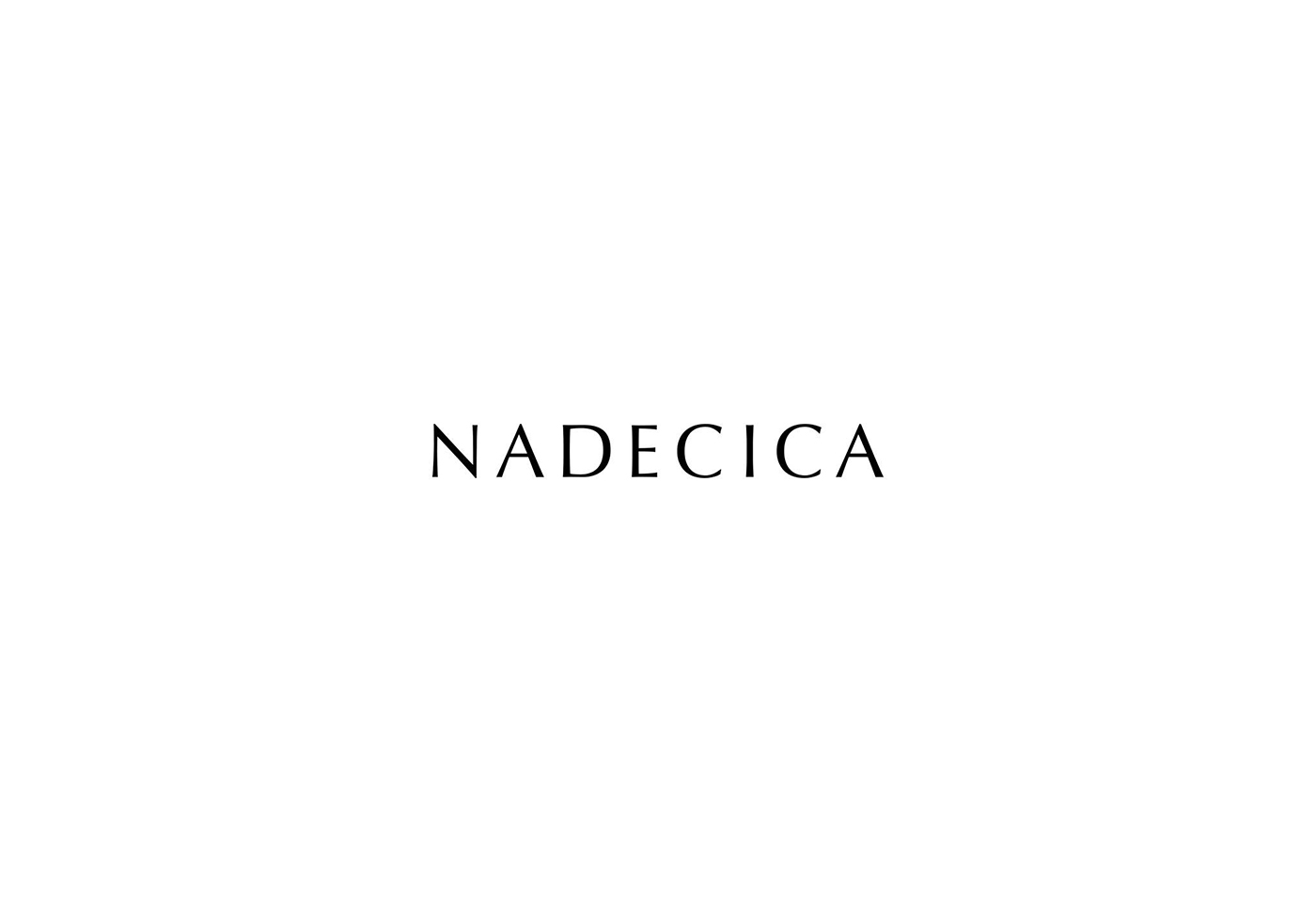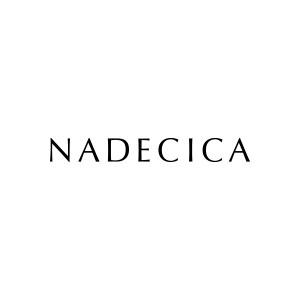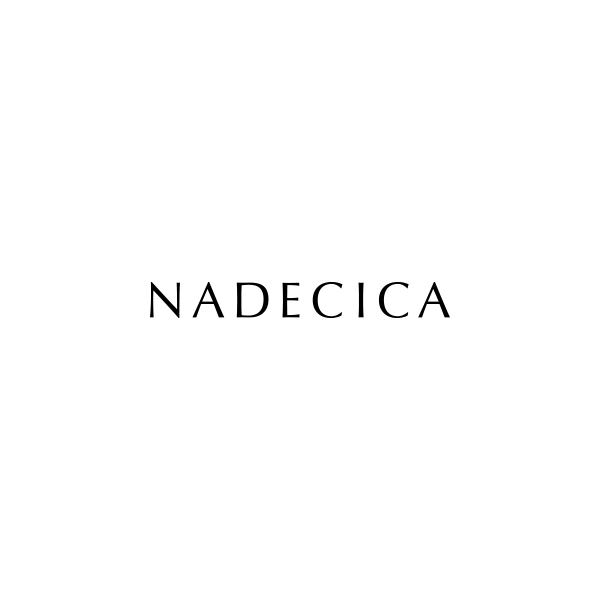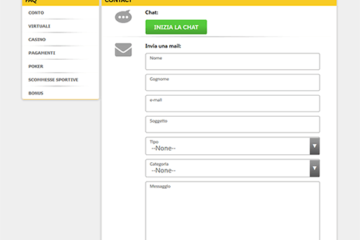目次
Therefore, the book value of the 3D printing machine after 15 years is $5,000, or $50,000 – ($3,000 x 15). In the fixed asset section of the balance sheet, each tangible asset is paired with an accumulated depreciation account. At the end of year two, the balance sheet lists a truck at $23,000 and an accumulated depreciation-truck account with a balance of -$8,000. A financial statement reader can see the carrying amount of the truck is $15,000. The price-to-book ratio is simple to calculate—you divide the market price per share by the book value per share.
A negative book value means that a company’s liabilities are greater than its assets. One would need to dig further to understand why the book value is negative. For example, during the Great Recession, Bank of America’s market value was below its book value. Now that the bank and the economy have https://cryptolisting.org/ recovered, the company’s market value is no longer trading at a discount to its book value. The term “market value” is sometimes used synonymously with “market capitalization” of a publicly-traded company. Market value is the price currently paid or offered for an asset in the marketplace.
Value investors look for companies with relatively low book values (using metrics like P/B ratio or BVPS) but otherwise strong fundamentals as potentially underpriced stocks in which to invest. Carrying value, or book value, is an asset value that we calculate from the company’s balance sheet by deducting the asset’s cost from its depreciation over time. The market determines the fair value of an object, which a willing buyer and seller agree upon, and it fluctuates frequently.
- At the end of year one, the truck’s carrying value is the $23,000 minus the $4,000 accumulated depreciation, or $19,000, and the carrying value at the end of year two is ($23,000 – $8,000), or $15,000.
- It may not include intangible assets such as patents, intellectual property, brand value, and goodwill.
- The articles and research support materials available on this site are educational and are not intended to be investment or tax advice.
- Due to factors such as the total mileage and service history, the truck is assigned a useful life of five years.
- Market value is the current price the asset or company could be sold for on the open market.
For example, when stocks are sold by an investor, capital gains are determined based on the selling price minus the book value. However, even this is sometimes referred to as carrying value, most likely because of the historical association between the two terms. In personal finance, an investment’s carrying value is the price paid for it in shares/stock or debt. When this stock or debt is sold, the selling price less the book value is the capital gain/loss from an investment. In other words, it is the total value of the enterprise’s assets that owners would theoretically receive if an enterprise was liquidated.
Carrying Value Of A Bond Explained
When the market value of a company is less than its book value, it may mean that investors have lost confidence in the company. In other words, the market may not believe the company is worth the value on its books or that there are enough future earnings. Value investors might look for a company where the market value is less than its book value hoping that the market is wrong in its valuation. Although investors have many metrics for determining the valuation of a company’s stock, two of the most commonly used are book value and market value. Both valuations can be helpful in calculating whether a stock is fairly valued, overvalued, or undervalued. In this article, we’ll delve into the differences between the two and how they are used by investors and analysts.
Is Book Value a Good Indicator of a Company’s Value?
Price-to-book (P/B) ratio as a valuation multiple is useful for comparing value between similar companies within the same industry when they follow a uniform accounting method for asset valuation. The ratio may not serve as a valid valuation basis when comparing companies from different sectors and industries because companies record their assets differently. Book value and market value are just two metrics is carrying value the same as book value to evaluate a company, others include the debt-to-equity (D/E) ratio, earnings per share (EPS), price-to-earnings (P/E) ratio, and the working capital ratio. From basic accounting principles, we can derive that the book value helps determine the value of a company’s equity. In this sense, we’re talking about the equity value that the shareholders should receive in case of the company’s liquidation.
SUSTAINABLE GROWTH RATE (SGR): How To Calculate Sustainable Growth Rate
We can also refer to the carrying value as the carrying amount or book value of the bond. Please keep in mind that the cost of plant and machinery includes transportation, insurance, installation, and any other tests required to get the asset suitable for use. A financial professional will offer guidance based on the information provided and offer a no-obligation call to better understand your situation. The articles and research support materials available on this site are educational and are not intended to be investment or tax advice. All such information is provided solely for convenience purposes only and all users thereof should be guided accordingly.
What is Market Value vs Book Value?
These differences usually aren’t examined until assets are appraised or sold to help determine if they’re undervalued or overvalued. Assume ABC Plumbing buys a $23,000 truck to assist in the performing of residential plumbing work, and the accounting department creates a new plumbing truck asset on the books with a value of $23,000. Due to factors such as the total mileage and service history, the truck is assigned a useful life of five years. Salvage value is the remaining value of the asset at the end of its useful life.
An asset’s initial book value is its its acquisition cost or the sum of allowable costs expended to put it into use. In many cases, the carrying value of an asset and its market value will differ greatly. If the asset is valued on the balance at market value, then its book value is equal to the market value.
Following the establishment of these values, it is necessary to evaluate whether a bond sells at face value, at a premium, or at a discount. These premiums and discounts are amortized over the bond’s term so that the bond matures with a book value equal to its face value. Assume a corporation possesses a $1,000,000 factory and machinery to manufacture certain company products.
How is fair value calculated?
He currently researches and teaches economic sociology and the social studies of finance at the Hebrew University in Jerusalem. If it is a physical asset, then depreciation is used against the asset’s original cost. If the asset is an intangible asset, such as a patent, then amortization is used against the asset’s original cost.
So, if the company’s shares had a current market value of $13.17, its price-to-book ratio would be 1.25 ($13.17 ÷ $10.50). In either of the above two definitions, book value and carrying value are interchangeable. Their names derive from the fact that these are the values carried on a company’s books, making them independent of current economic or financial considerations.
To calculate the carrying value or book value of an asset at any point in time, you must subtract any accumulated depreciation, amortization, or impairment expenses from its original cost. For value investors, book value is the sum of the amounts of all the line items in the shareholders’ equity section on a company’s balance sheet. You can also calculate book value by subtracting a business’s total liabilities from its total assets. The term book value is derived from the accounting practice of recording an asset’s value based upon the original historical cost in the books minus depreciation. Carrying value looks at the value of an asset over its useful life; a calculation that involves depreciation. You can also find the book value of a company by subtracting intangible assets (non-physical items of value) and liabilities from total assets.



















